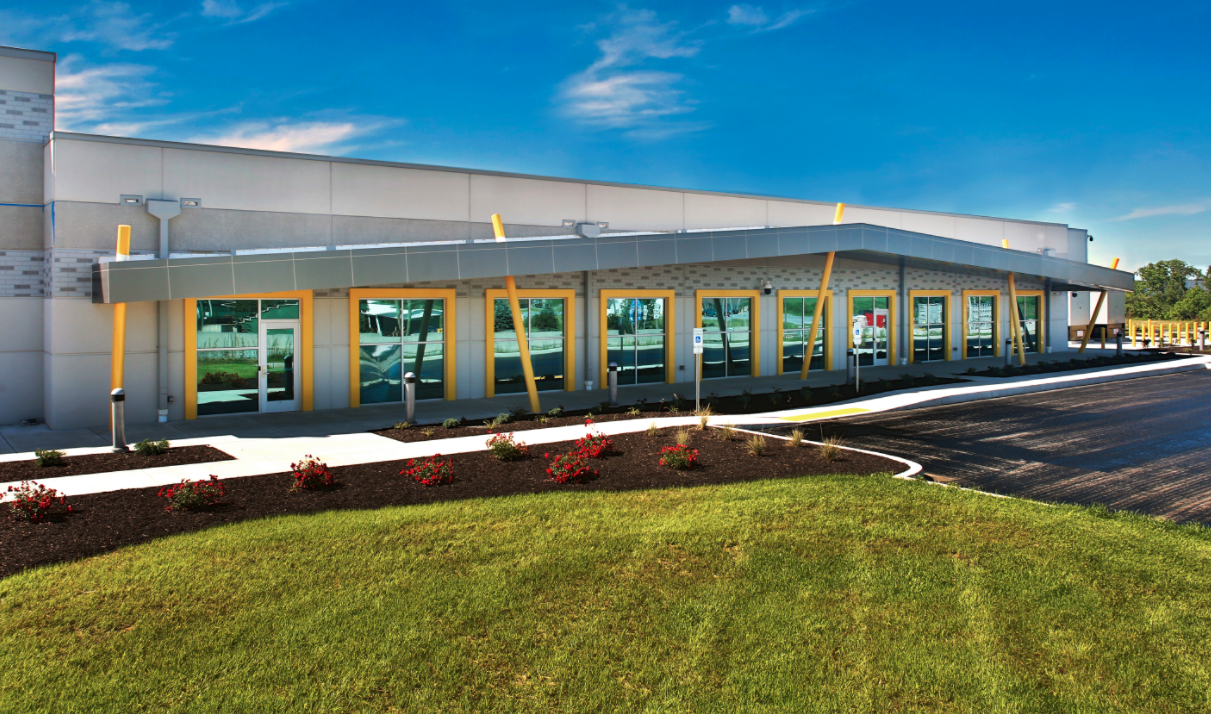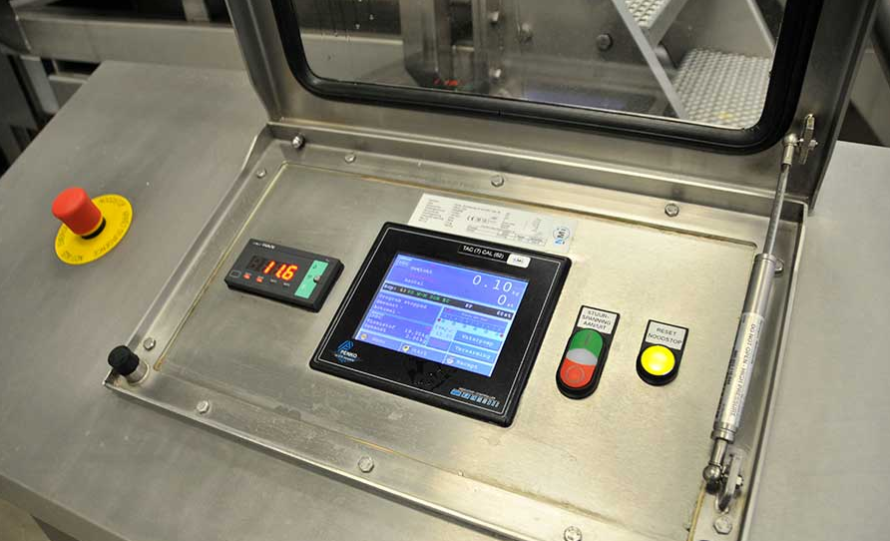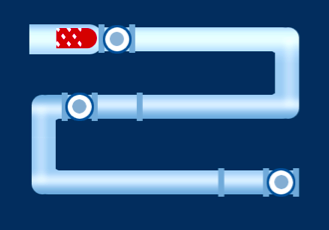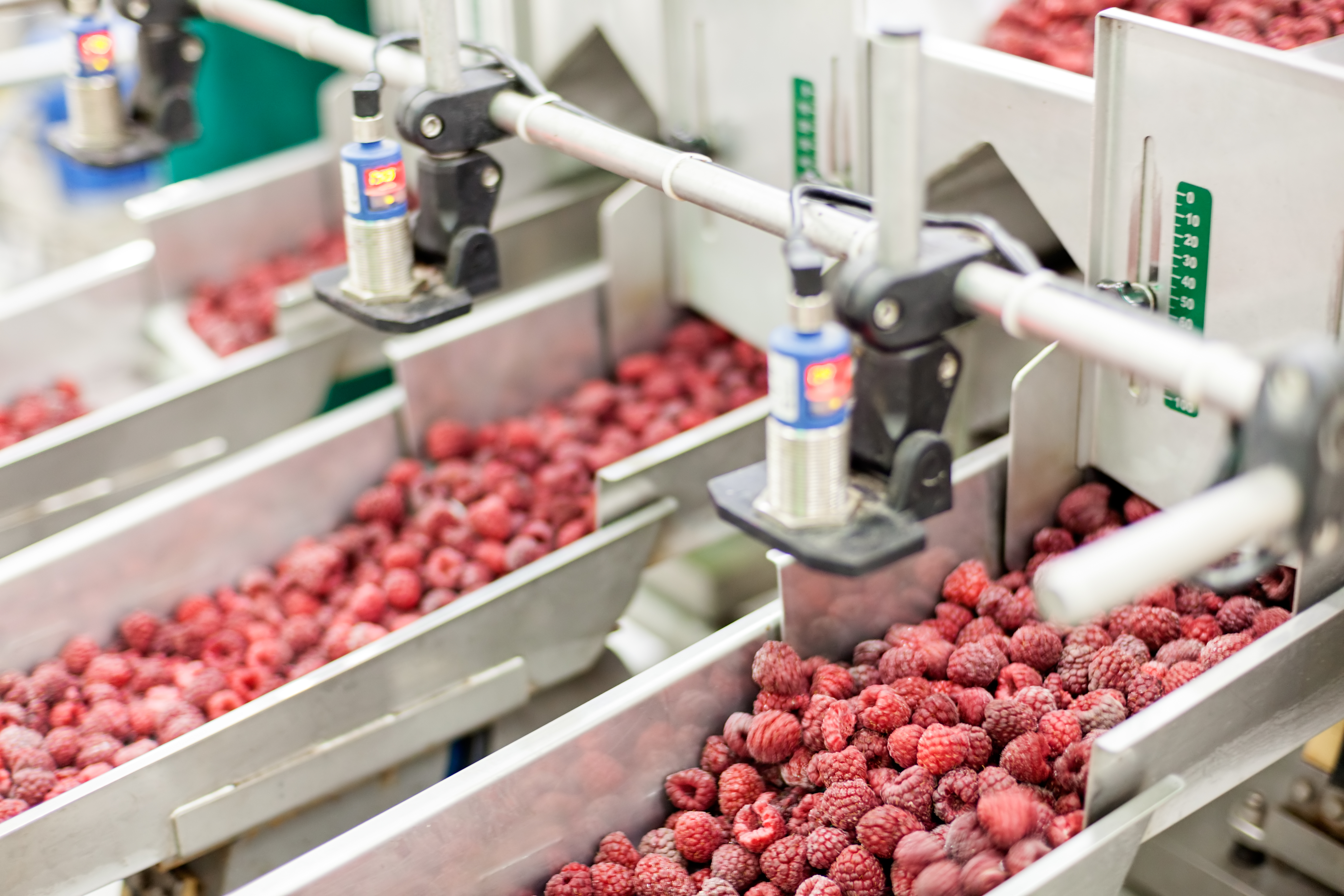4 Lessons for Pioneering a New Process in Food Manufacturing
Last week on the blog, we examined the brand new, state-of-the-art hatchery Stellar completed for poultry processor Bell & Evans. The facility — which is the first certified organic, humane, animal-welfare focused chick hatchery in the United States — is an example of trailblazing a new approach to traditional food processing.
Not only does it employ fascinating and cutting-edge technology, but this project contains lessons for any food manufacturer looking to pioneer or experiment in their own particular market.
Continue Reading “4 Lessons for Pioneering a New Process in Food Manufacturing”





![[Infographic] Design Only vs. Design-Build: Pick the Best Delivery Method for Your Next Food Project](https://stellarfoodforthought.net/wp-content/uploads/2017/08/Stellar_Design-only-infographic_05242017.png)



